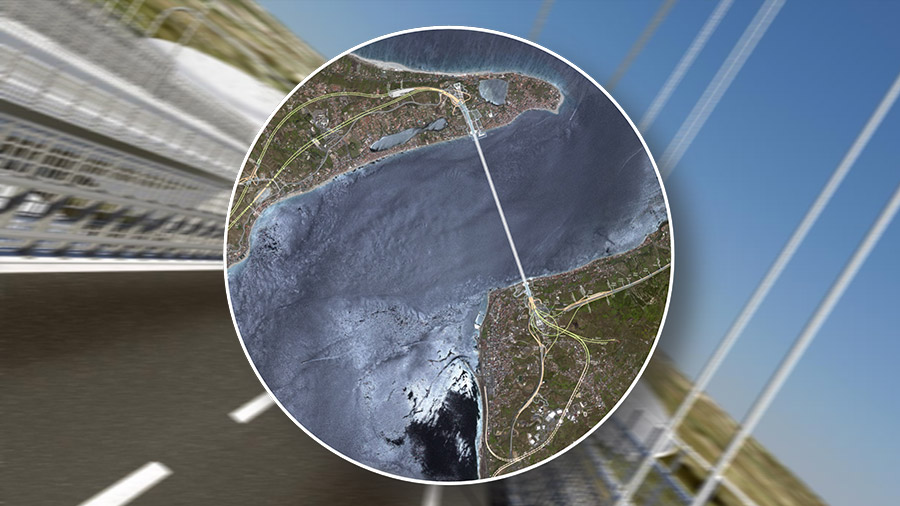STRAIT OF MESSINA BRIDGE: CEO CIUCCI REPLIES TO WWF
Stretto di Messina’s CEO replies to the WWF memo. The detailed design is in line with international best practices, and, contrary to the fears expressed by WWF, is aimed at optimising construction of the project, whilst reducing the time needed and costs. The bridge comprises a set of works: advanced works, environmental support works, terrestrial links, and more than 40 km of roads and railways that are functional, practicable and useful to the population from the outset. The bridge, the towers and the anchor blocks will obviously comprise a single project. The technical feasibility of the project has never been questioned, and is proven by years of research and testing with the involvement of leading scientific institutes and experts who have built the world’s largest suspension bridges. Replies to observations from the Ministry of the Environment and Energy Security (MASE), which do not entail any changes to the project and are not related to technical feasibility, are being prepared and will be submitted by the 12 September deadline. By law, the updated final design will need to be approved by the Interministerial Committee for Economic Planning and Sustainable Development (CIPESS), and only then will the detailed design phase begin.
With regard to the issue of timeframes and procedures for the cable fretting fatigue tests, the WWF memo reiterates the opinion that has been provided by Prof. Risitano alone. Stretto di Messina has repeatedly refuted this opinion, pointing out that the tests last several months and make use of hydraulic jacks and structures with a maximum dimension of 20-25 metres. Therefore, the claim that there are no suitable instruments to carry out these tests is false.
WWF’s claim that Stretto di Messina announced the EU funding for the detailed design of the rail portion of the project is untrue. The announcement was in fact made by the European Commission on 17 July. Moreover, it should be noted that on 13 June 2024 the European Council confirmed the agreement reached with the member states, which provides, among other things, for a permanent crossing for the Strait of Messina, as part of the “Scandinavian-Mediterranean” corridor. This all goes to show that additional EU financing of the project is possible, which is clearly related to the project’s design and execution phases in compliance with European regulations.
In cobbling together groundless engineering, financial and procedural allegations, the WWF’s memo aims to prevent the bridge from being built, rather than making any contribution to improving the design or offering any constructive criticism.

